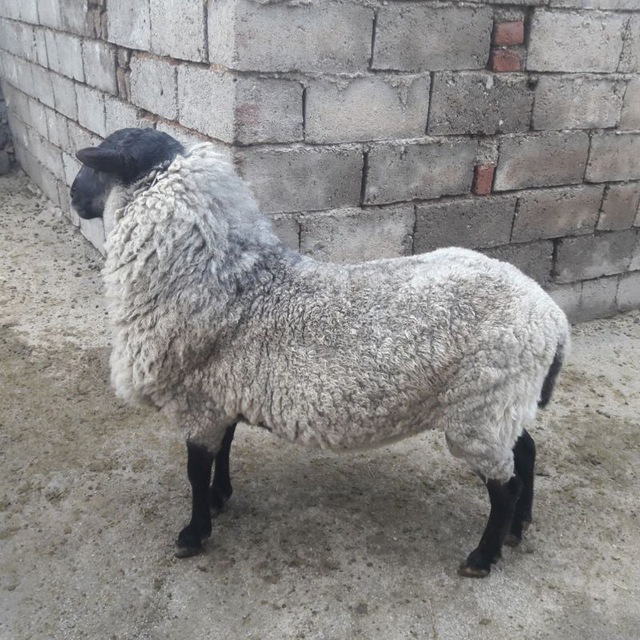Colostrum consumption is especially important for newborn lambs. Both for lambs that are fed by their mother and for lambs that are artificially fed, colostrum increases the power of survival and is a source of special nutritional components. In addition to being rich in energy and protein, it has antibodies and globulins needed by lamb.
Lambs should consume colostrum in the first 18-24 hours of life. 24-36 hours after birth, the absorption of colostrum vital substances from the small intestine decreases significantly. The lambs that we want to raise artificially should be fed colostrum through a glass and a pacifier or allowed to feed from their mother in the first 6 hours of life.
Newly born lambs need to consume 20 ml of colostrum per 0.5 kg of live body weight. This amount is given in 4 times with equal intervals. The extra colostrum can be frozen and stored for future use. If there is not enough colostrum from sheep to feed the lamb, this deficiency can be supplied from cow’s colostrum. In order for the antibodies in the frozen colostrum not to denature, it should be heated indirectly, and in this way, the colostrum antibodies will slowly melt while preserving the colostrum antibodies. and feed it to the lamb.
We put the frozen colostrum in the bag in warm water. We slowly pour hot water on the bag containing the colostrum and continue until the frozen colostrum melts. The food prepared as a substitute for milk should be prepared only for lambs and the substitute food produced with cow’s milk is not suitable for lambs because The fat particles in the milk prepared for lambs should be equal in size (homogeneous). Due to the presence of high lactose, cow’s milk can cause diarrhea and, as a result, the death of lambs.
The ingredients of a milk substitute food for feeding lambs are given in Table 1:
crude protein 22-24%
Fat 25-35%
Ash 5-8%
Raw cellulose 1-0.5%
Vitamin A 20.000 IU/kg
Vitamin D 5000 IU/kg
Vitamin E 50-100 IU/kg
Lactose 22-25%
Because the substitute feed, which is in the form of powder, has high fat, we should mix it with lukewarm water until it dissolves. The chilled solution should be kept at 2-4°C. With the continuous suction of the replacement feed, digestive complications caused by artificial feeding are minimized. The replacement feed is cold and prevents the activity of microorganisms. We separate milk containers and teats every 2-3 days and wash them with water and dishwashing liquid and replace torn and damaged teats to minimize milk loss. The replacement feed is prepared a day before and kept in the refrigerator. Milk consumption according to the live weight of the lambs and the age of the lambs, the average daily consumption of the replacement feed is 1.1-1.5 and 1.7 kilograms per day, or an average of 0.93 kilograms. It is during the day.
This post is written by hosseinidirector
